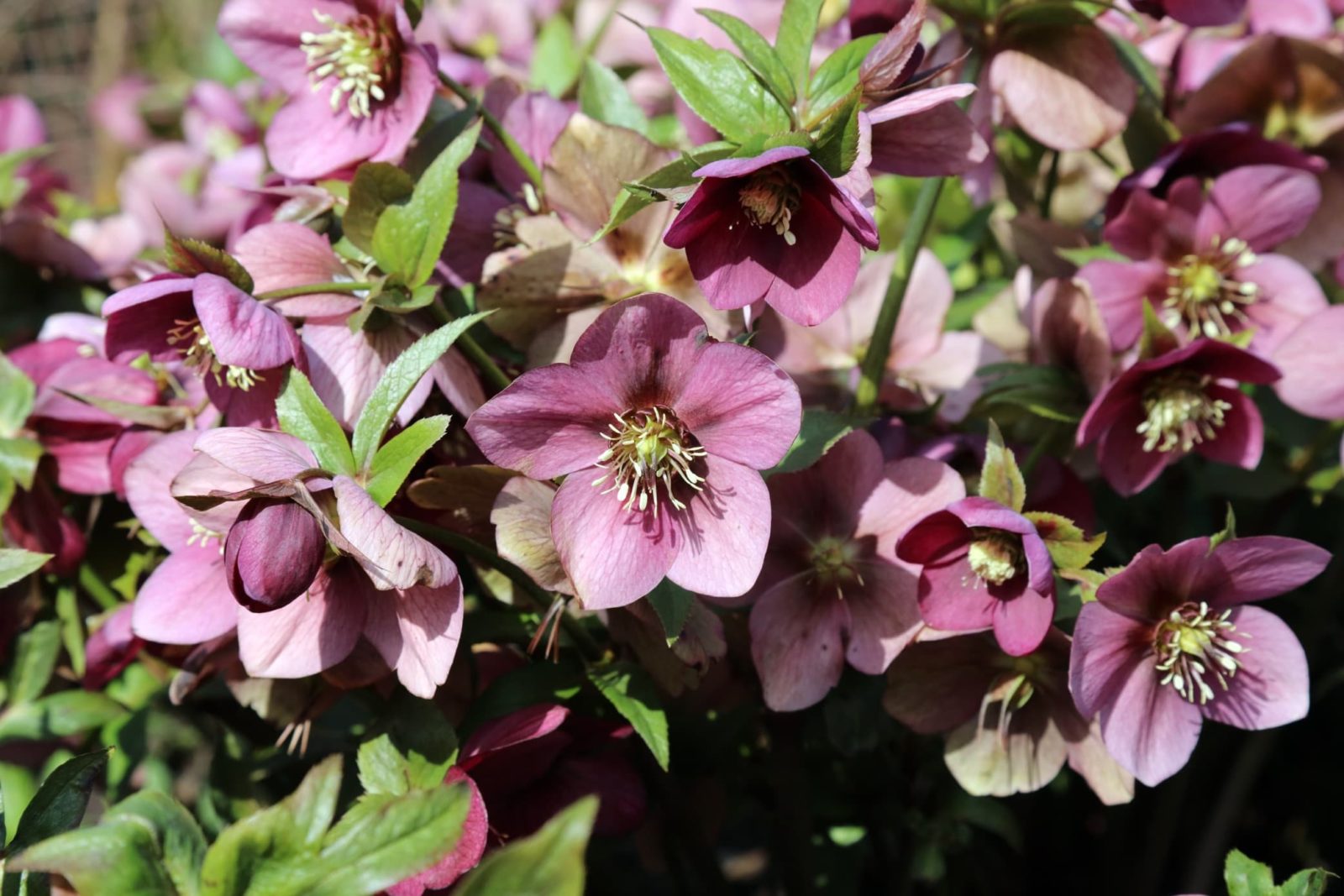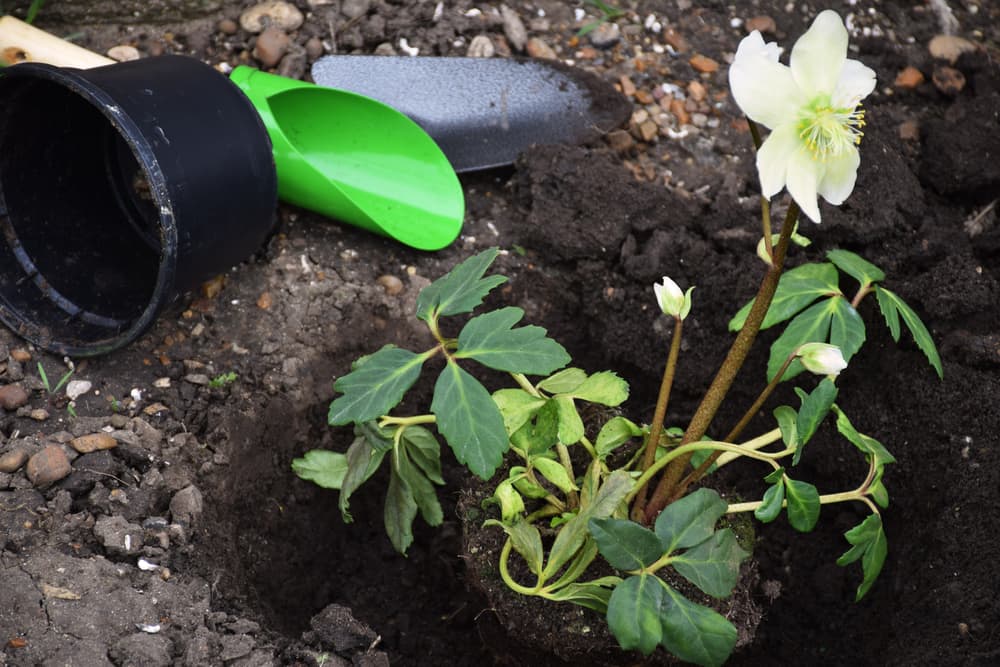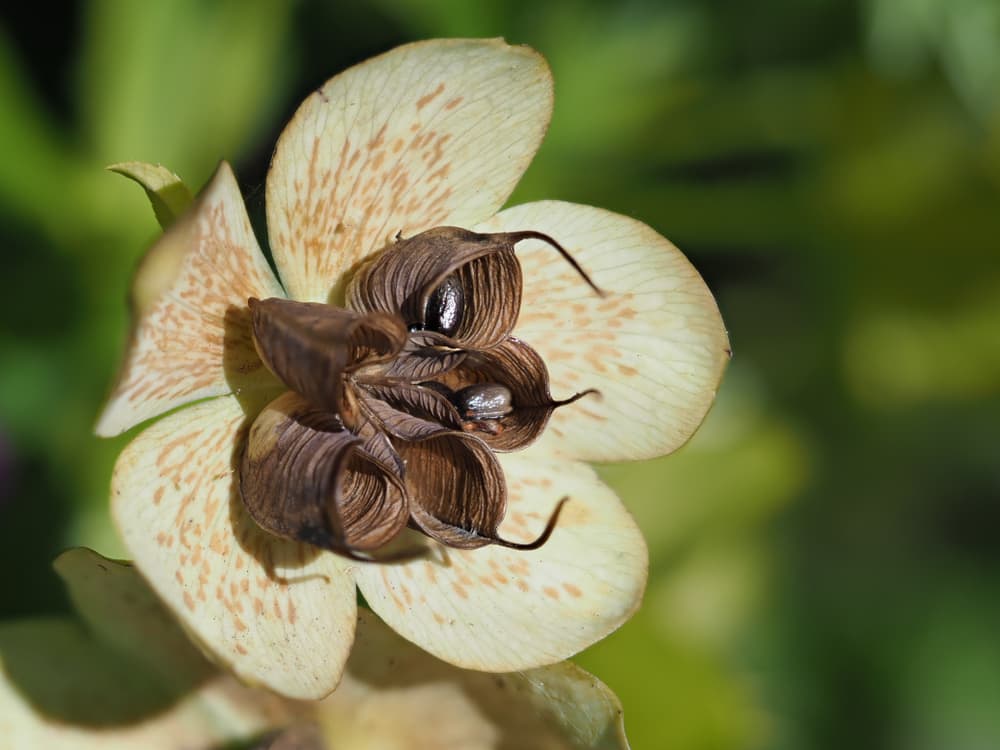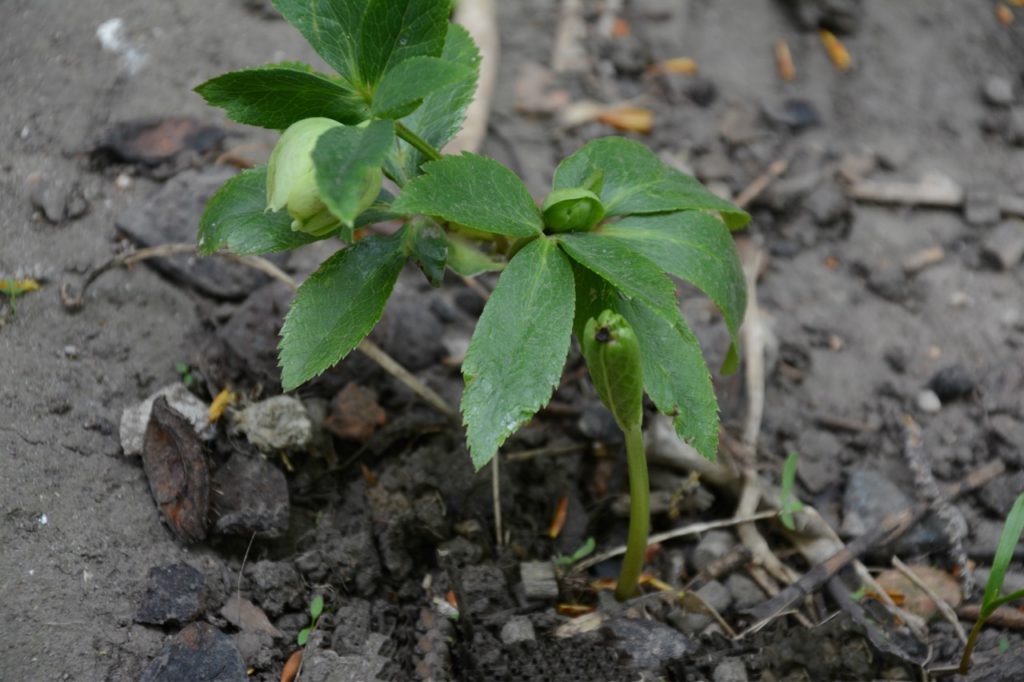Propagating Hellebores Is Not The Easiest Garden Job – Try These Two Proven Methods

PERENNIALS > HELLEBORE > PROPAGATION

Elizabeth is a Permaculture Garden Designer, Sustainability Consultant and Professional Writer, working as an advocate for positive change. She graduated from the University of St. Andrews with an MA in English and Philosophy and obtained a Diploma in Applied Permaculture Design from the Permaculture Association.
Reviewed By COLIN SKELLY

Colin is a Horticulturist and Horticultural Consultant with experience in a range of practical and managerial roles across heritage, commercial and public horticulture. He holds the Royal Horticultural Society’s Master of Horticulture award and has a particular interest in horticultural ecology and naturalistic planting for habitat and climate resilience.
IN THIS GUIDE
HELLEBORE GUIDES
Black & Purple Varieties
Container Growing
Propagation
Pruning
Sowing
White Varieties
Hellebores are delightful perennials which brighten the garden with their blooms when few other flowers are out in winter and early spring.
Propagating Hellebores is not always the easiest garden job.
These plants do not usually offer the option to propagate from cuttings, but can often either be propagated by division or by growing from seed.

The best option will depend on which type of hellebore you are growing.
We explain your two choices in more detail below.
| Difficulty | Medium |
| Equipment Required | Spade or fork, knife, seeds, compost, pot or seed tray |
| When To Propagate | Summer (by seed) or Autumn or Spring (by division) |
1) Propagating By Division
Before you divide hellebore, note that this method of propagation is not suited to all varieties and, although this is the easiest way to get new plants from those you already have in your garden, hellebores are notoriously fussy and do not like to be moved or disturbed.
If you have a suitable hellebore variety which is large and healthy, careful division is best carried out in early autumn.
However, you can also consider undertaking this job in the spring, immediately after the flowering period.
To divide a hellebore, dig carefully around the plant and, keeping the roots as intact and undisturbed as possible, lift it from the soil or growing medium.

Slice through the centre of the clump with a sharp spade or gardening knife to divide it into 2 or more sections.
Replant each of the divisions as soon as possible in a spot suited to their growing needs.
Make sure that you place them so that the base of the growing shoots are approximately 2.5cm below the surface of the soil or growing medium.
It is very important to make sure that your new plants are watered well during the first growing season and are not allowed to dry out.
Note that you will have to be patient, as it can take a couple of years for transplanted divisions to flower well.
2) Propagating From Seed
Hellebores like H. argutifolius, H. foetida, H. lividus and H. sternii are among those which do not respond well to division.
Therefore, these and some other hellebores are best propagated from seed.
Often, the best way to obtain new hellebores is simply to allow them to self-seed where they are growing in your garden.
However, you can also collect the seeds in their ripe pots and sow these directly in the garden where they are to grow in mid to late summer.

If seeds are stored rather than direct sown, it can be challenging to get these to germinate successfully, but it is possible.
However, the seeds will require a period of warmth followed by a cold spell in order to germinate.
You should also note that this also requires a lot of patience because germination can often take up to a year and can still be sporadic or patchy.
After you have sown the stored seeds in pots or seed trays filled with a seed-starting peat-free compost, these should be kept at temperatures between 15-18°C for 6 weeks.
They should then be exposed to winter cold, or kept at 5°C for another 6 weeks.

When growing from seed, remember that the plants you grow will vary from the parent plant.
Luckily, it can be interesting to experiment to see which variations occur and to create your own interesting new hellebores.
“When hellebores are growing happily, they will produce seedlings that you can either allow to grow to maturity if you are happy with where they are, pot-on or transplant to a different spot,” shares Horticultural Consultant Colin Skelly.
“If you have several species or cultivars in your garden they will tend to hybridise.
“If you want to obtain a copy of the parent then you’ll need to divide, but the seedlings will produce variations on the parent species or cultivars.”
